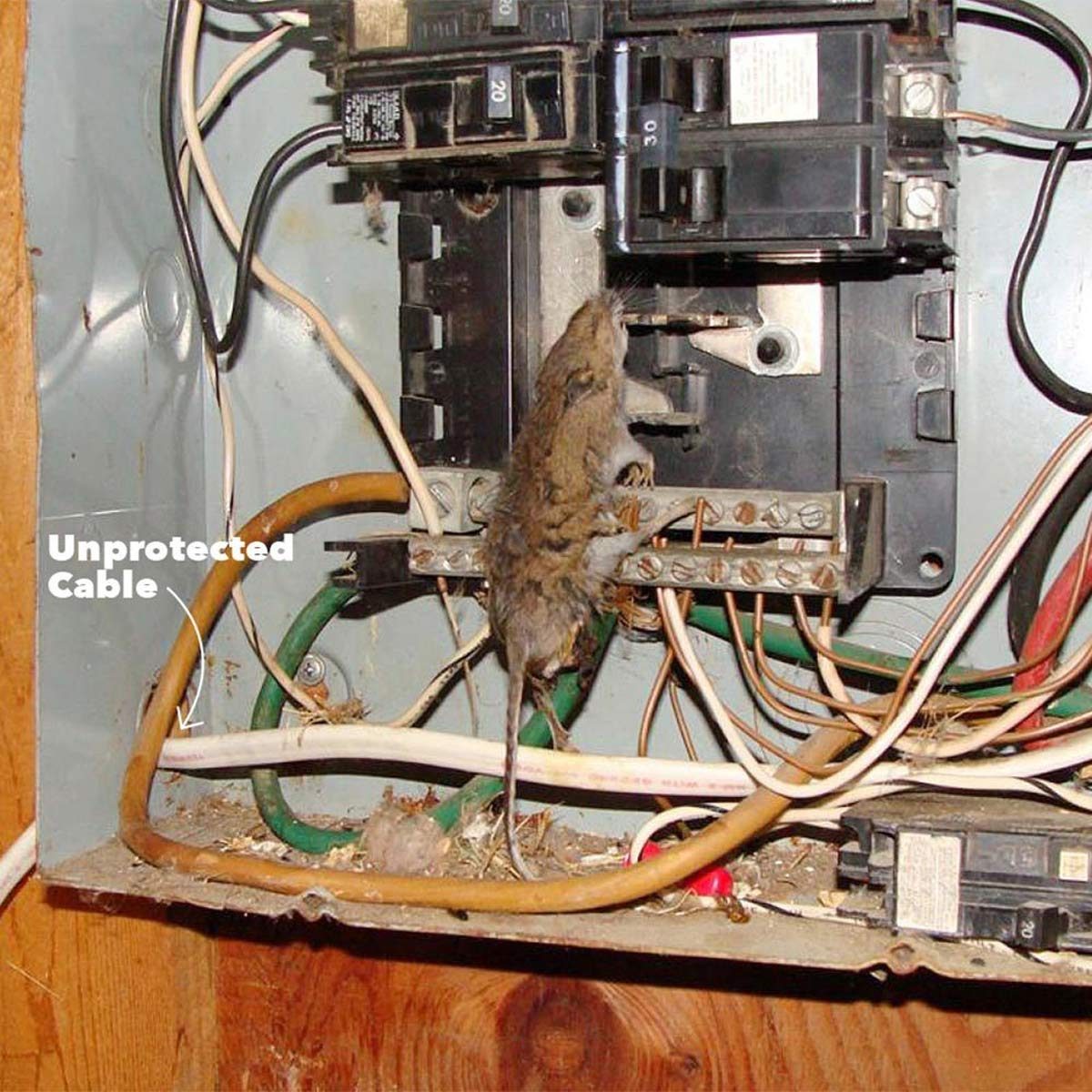larsb
1 MW
Yes, i know :wink:
I increased power usage for a while without issues, then, strangely, i got issues
I increased power usage for a while without issues, then, strangely, i got issues
Typically what happens is that the extra heat in high power slowly deforms the plastic of the housings, even just a little bit, loosening hte spring contact slightly. That increases the resistance, which increases the heat, which increases the deformation which increases the resistance, which increases the heat, which increases the deformation which increases the resistance, which increases the heat, which increases the deformation.... :/larsb said:I increased power usage for a while without issues, then, strangely, i got issues
john61ct said:I thought Powerwerx were authorized distributors of the original Anderson products?
I think this one is pretty good.larsb said:I think you were about to tell me about your favourite lethal voltage power connector



amberwolf said:Typically what happens is that the extra heat in high power slowly deforms the plastic of the housings, even just a little bit, loosening hte spring contact slightly. That increases the resistance, which increases the heat, which increases the deformation which increases the resistance, which increases the heat, which increases the deformation which increases the resistance, which increases the heat, which increases the deformation..That increases the resistance, which increases the heat, which increases the deformation which increases the resistance, which increases the heat, which increases the deformation which increases the resistance, which increases the heat, which increases the deformation..That increases the resistance, which increases the heat, which increases the deformation which increases the resistance, which increases the heat, which increases the deformation which increases the resistance, which increases the heat, which increases the deformation..larsb said:I increased power usage for a while without issues, then, strangely, i got issues
FWIW, 200 * 3.7v would only be a little over 600w, which isn't much.Gizmosis350k said:Why a ebiker would need 200a even at 3.7v makes no sense whatsoever.
Gizmosis350k said:I just want good waterproof stuff for 30-60a BBSHD. Why the BAC800 is rated for 96a is beyond me(at).
Why a ebiker would need 200a even at 3.7v makes no sense whatsoever.
Smoke said:Anderson's are good for high current but they are designed for frequent connect and disconnect. The wiping contact that makes the connection needs to be wiped. If you plug it in and leave it, the contacts will oxidize and then those heat and cable twist problems start to happen. If you are connecting and disconnecting frequently, the oxidation will be wiped off the terminal each time and you will get better contact.
I believe Speakons also have wiping contacts and may have weather resistance. They are designed to survive the abuse of touring musical acts so if the current rating is sufficient, they are a good multi-conductor option.
A lot of the other options don't have wiping contacts but they might have good contact surface area and spring force which is good for connectors that you plug in and leave alone.
Anderson's certainly have their place and I'm all set to crimp the small power pole connectors but I'm not planning to use any on my scooter/e-bike projects.
I have them on many things, stationary and mobile, and most of it never gets disconnected, and none of them have the problems I noted. The same is true of the many various large-EV's (cars, trucks, etc.) and medium EVs (golfcarts, forklifts, etc) that there are thousands and thousands of out there.Smoke said:Anderson's are good for high current but they are designed for frequent connect and disconnect. The wiping contact that makes the connection needs to be wiped. If you plug it in and leave it, the contacts will oxidize and then those heat and cable twist problems start to happen. If you are connecting and disconnecting frequently, the oxidation will be wiped off the terminal each time and you will get better contact.
ddk said:I've been using 4-pole Speakons for my
power connections forever thereabouts.
